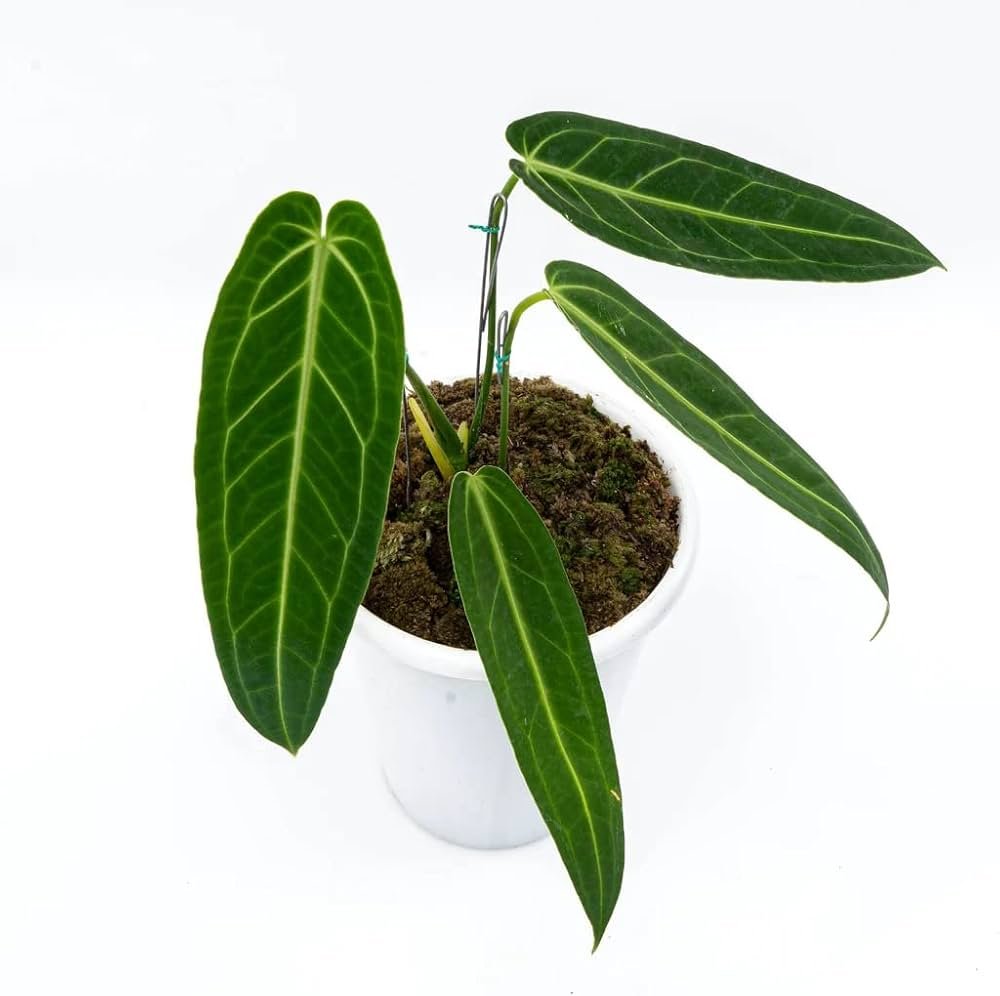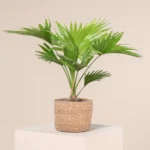Discovering the Majestic Beauty of Queen Anthurium: Detailed Care, Propagation, and Cultivation Tips
Introduction
The Queen Anthurium, scientifically known as Anthurium warocqueanum, is a stunning tropical plant prized for its large, elongated, velvety leaves and striking appearance. Native to the rainforests of Colombia, this Anthurium species has become a favorite among plant collectors and enthusiasts due to its regal foliage and relatively easy care requirements. This guide offers detailed insights into the care, propagation, and cultivation of the Queen Anthurium, providing valuable information for both novice and experienced gardeners.

Quick Facts
| Fact | Details |
|---|---|
| Scientific Name | Anthurium warocqueanum |
| Common Names | Queen Anthurium, Velvet Leaf Anthurium |
| Native Regions | Colombia |
| Optimal Humidity | 60-80% |
| Optimal Temperature | 65-80°F (18-27°C) |
| Soil Type | Well-draining, rich in organic matter |
| Watering Needs | Moderate, allow top inch of soil to dry between waterings |
Physical Characteristics
The Queen Anthurium is characterized by its impressive, elongated leaves that can grow up to 4 feet long in ideal conditions. The leaves are dark green with a velvety texture and prominent white veins, creating a striking contrast. The plant has a compact growth habit, with the leaves emerging from a central stem. This Anthurium also produces inflorescences, though they are less prominent compared to the foliage.
Nutrition, Foods to Avoid
Queen Anthuriums benefit from regular feeding during the growing season (spring and summer). Use a balanced, diluted liquid fertilizer formulated for houseplants every 4-6 weeks to support healthy growth. Avoid over-fertilizing, as this can lead to nutrient imbalances and potential damage to the plant’s roots.

Health and Diseases
Queen Anthuriums are generally hardy but can be susceptible to pests such as spider mites, mealybugs, and aphids. Regularly inspecting the plant and using insecticidal soap or neem oil can help manage these pests. Overwatering or poor drainage can lead to root rot, so it is crucial to ensure the soil is well-draining and that the plant is not left in standing water. Brown leaf tips can indicate underwatering or low humidity, while yellowing leaves may signal overwatering or nutrient deficiencies.
Propagation Methods
Propagation of Queen Anthuriums can be achieved through:
- Stem Cuttings: Cuttings taken from the stem can be rooted in water or directly in soil.
- Division: Mature plants can be divided during repotting to create new plants.
- Seed: Growing from seed is less common but can be done with patience and the right conditions.
Pricing Information
| Type | Average Price |
|---|---|
| Small potted plant | $50 – $100 |
| Medium potted plant | $100 – $200 |
| Large potted plant | $200 – $500+ |
Factors Affecting Price
- Plant Size and Age: Larger, more mature plants typically command higher prices.
- Leaf Condition: Plants with large, undamaged leaves are more valuable.
- Rarity and Demand: Availability and popularity can influence the price, with rare specimens fetching higher prices.

Price in Different Regions
| Region | Average Price |
|---|---|
| USA | $150 |
| Europe | €130 |
| Asia | ¥12000 |
FAQs
Q: How often should I water my Queen Anthurium?
A: Water when the top inch of soil is dry, typically every 1-2 weeks. Ensure the soil is well-draining to prevent root rot.
Q: Can Queen Anthuriums be grown indoors?
A: Yes, they thrive indoors with bright, indirect light and high humidity.
Q: How can I increase humidity for my Queen Anthurium?
A: Increase humidity by placing a humidifier nearby, misting the leaves regularly, or using a pebble tray with water.
Related Plants
Other large-leafed Anthuriums like the King Anthurium (Anthurium veitchii) and the Bird’s Nest Anthurium (Anthurium hookeri) share similar care requirements and can be grown alongside the Queen Anthurium.
References
Categories
Tropical Plants, Indoor Gardening, Ornamental Plants, Anthuriums, Low-Maintenance Plants
This comprehensive guide provides all the essential information needed to cultivate and care for Queen Anthuriums successfully. Whether for personal enjoyment or as part of a larger plant collection, this regal and distinctive Anthurium offers a unique and rewarding gardening experience.
Views: 17









Hi there, I enjoy reading through your article post. I wanted to write a little comment to support you. https://odessaforum.Biz.ua/